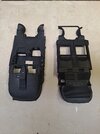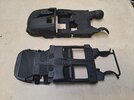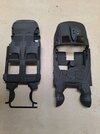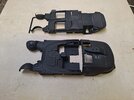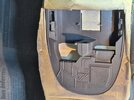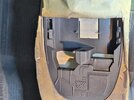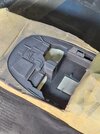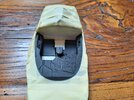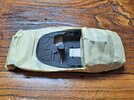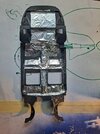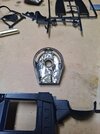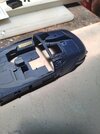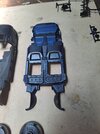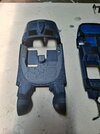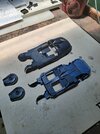wayouteast
Sr Member
If nothing else, I'm learning a truckload of things about the priming and painting process that I've *never* known before - and I am very glad that I took everyone's advice here and started again.
I should have said from the outset that I am a rank amateur.
I had a look at the body this morning and while I am happy with it, I reckon wayouteast was correct in his concern about mottling. If I'm brutally honest, the body towards the rear of the spinner is right on the edge. It is smooth to the touch...largely. If I leave my finger on it for too long I can feel some texture but it is clear to me that this second effort is far better than my first. I'm satisfied that the rest of the priming is smooth and there's no crackling anywhere - especially where it appeared previously. I plan to do one more coat today to ensure the cockpit and underside is complete.
This is the second time I've used Vallejo primer on a kit. I like undercoating in black. It seems to make the surface colours punchier. I partially immersed the can in hot water yesterday for a bit before spraying to warm it up and I shook the can for a full three minutes each time before I sprayed.
Quite a useful long-term investment might be a set of abrasive Micro Mesh pads in various grades like these.
f you end up with a pre-paint surface that's not quite smooth enough for the final layers, but which isn't bad enough to merit a full strip and re-prime, you can use these to fix the issue. They're colour coded to signify the 'harshness' of the grit, and are designed to be used for 'wet sanding' where you use water to wet the surface to be smoothed. You start with the lower numbers to remove the texture and level the surface and then work your way up to the highest numbers (12000 - or as high as you feel you need to go). Each pass smooths the surface more and more and removes the fine scratches from the previous pass. At the highest grits it's actually more like polishing than sanding.
I've brought quite a few paint jobs back from the brink with these, and use them as a final stage before the final paint layers even where the primer layer seems perfect.


